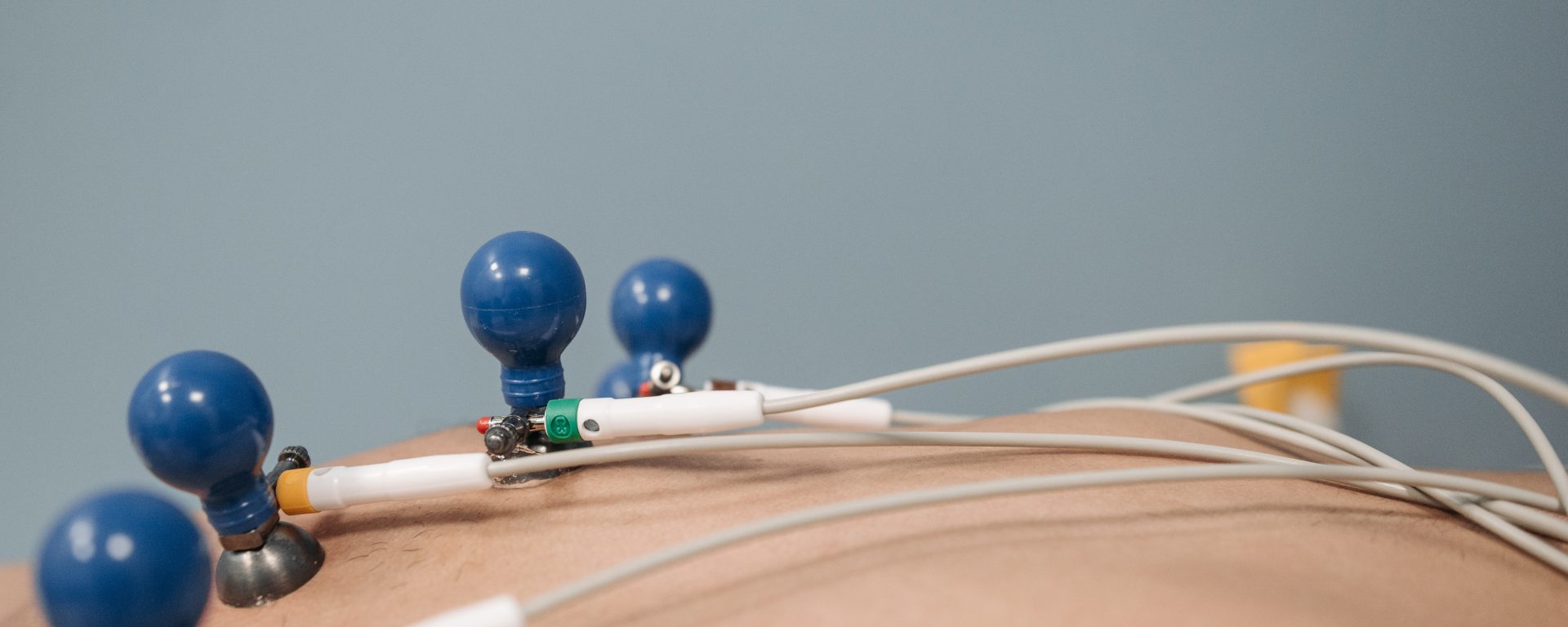In 2006, Akinbo, et. al., conducted research about Cervical traction (CT). It is a commonly used therapy for cervical spondylosis (CS) patients, but there is a lack of consensus among clinicians regarding the optimal tractive force to be applied during CT. Determining the appropriate CT weight is crucial to minimize side effects and ensure effective treatment. To address this, a recent study aimed to investigate the response of CS patients to different CT weights and assess the impact of CT on their cardiovascular system.
The study involved 78 subjects diagnosed with cervical spondylosis, out of which 60 participated. The participants were randomly assigned to three experimental groups: A, B, and C. The researchers measured their systolic and diastolic blood pressures (SBP and DBP), heart rates (HR), and calculated the rate pressure product (RPP) using a standard equation. Additionally, electrocardiograms (ECG) were recorded using the KENZ 201 machine. The cardiovascular and ECG responses of the subjects were monitored at baseline (in a supine resting position) and during three experimental conditions. These conditions involved applying CT weights equivalent to 7.5% kg total body weight (TBW), 10% kg TBW, and 15% TBW at different time intervals (5, 10, and 15 minutes, respectively).
Comparing the baseline values, the researchers observed a decrease in SBP, DBP, and RPP for all subjects across the three experimental groups. The alterations in SBP, DBP, and RPP were not significant for the 7.5% TBW CT, but they were statistically significant (p < 0.05) for the 10% and 15% TBW tractions. However, there were no significant differences in HR and ECG variables among all the groups, indicating that the cardiac muscles were not adversely affected by any of the traction weights during application. Out of the 60 subjects, 20 experienced side effects, including 5 subjects who discontinued treatment due to pain during CT application.
The study findings suggest that cardiovascular changes occur during the application of different cervical traction weights, leading to adverse reactions in patients. It is important to closely monitor cardiovascular variables during and immediately after CT, particularly in “high-risk” patients such as the elderly or those with unstable cardiovascular systems. These findings contribute to the understanding of CT therapy for cervical spondylosis and highlight the need for individualized approaches to ensure patient safety and effective treatment outcomes. Further research in this area is warranted to refine and optimize the use of cervical traction in clinical practice.
Reference: Akinbo, S. R., Noronha, C. C., Oke, D. A., Okanlawon, A. O., & Danesi, M. A. (2006). Effect of cervical traction on cardiovascular and selected ECG variables of cervical spondylosis patients using various weights. The Nigerian Postgraduate Medical Journal, 13(2), 81-88.
